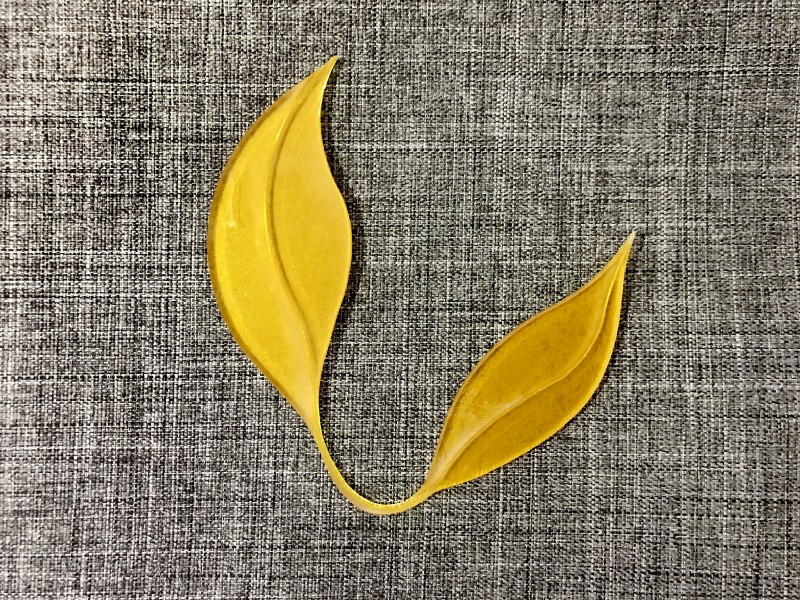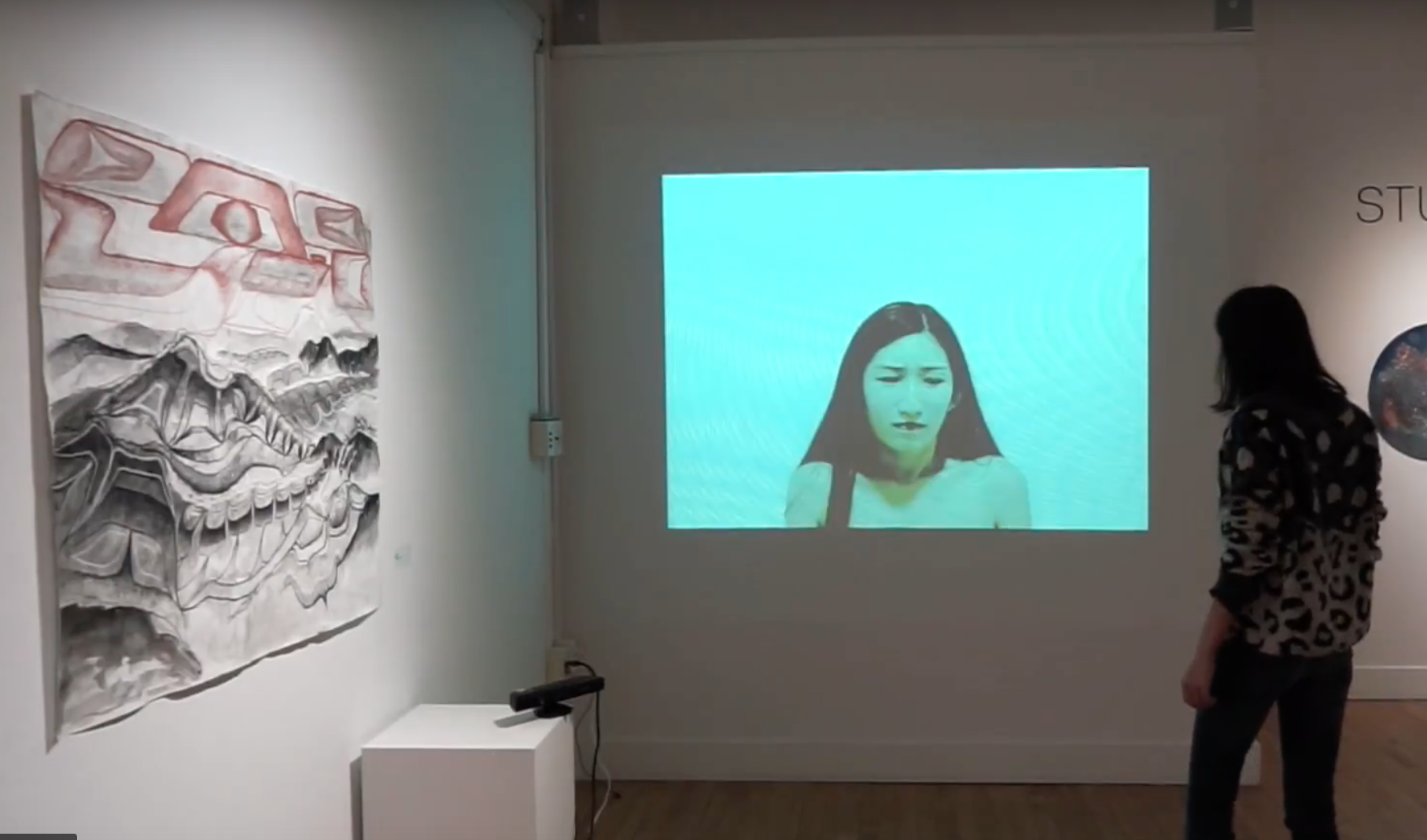Summary/Intent
Glitch Manifest is a site-specific environmental piece that comprised of audio-visual components. At its core, it is an exploration of how glitch art, or visual glitches, can be manifested in other forms outside of a computer screen. Thus far this project is manifesting these glitches as shadows, sound, and strobing lights whose patterns have been affixed to the frequencies produced by said sound.
Its site-specificness is derived from the fact that the glitches used in the piece are derived from an image of a specific location. The purpose here is to also have the audience be immersed into what can be considered a real-world digital error of the space by bombarding and overwhelming their senses. By no means is it meant to be pleasant as glitches are, in essence, a mistake, and mistakes can be frustrating. At the same time, within Artistic Statement from Mr. Carlos: mistakes, one can find inspiration and aesthetic pleasure.
Inspiration/Research
The inspiration for this project came from exploring the process of creating glitch art, a genre of art I had previously only seen and heard of before. Thus, by exploring the various means in which glitch art can be generated, the different methods and programs associated with them helped inform me, not only how to make my own glitch artwork, but also inspire me to think about different avenues I could take the same data to produce other manifestations of glitches.
This said, many of the processes that I learned in order to create glitch art and produce this project were through informal, yet in-depth tutorials (links which can be found throughout this blog). This research was originally meant for another (yet very undefined) project utilizing textiles, which through experimentation, organically became what it is today: an immersive experience.
Software Resource Links
https://troikatronix.com/#setImmediate%240.06603053400562608%241
https://www.audacityteam.org/


























































